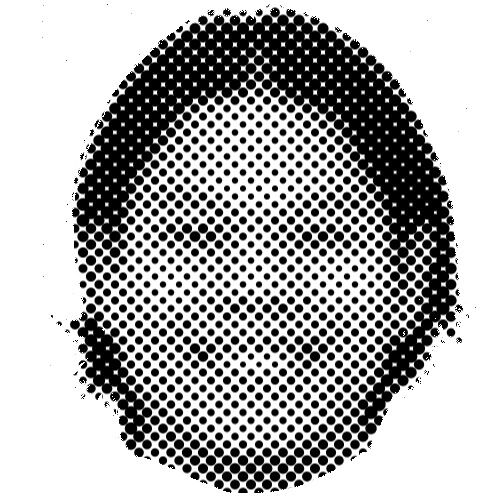Protection Reimaged
A flexible and moisture-wicking approach to sportswear protection
My team and I explored ways to leverage additive manufacturing in the sportswear industry. Our exploration resulted in a new system of manufacturing protective gear that not only stays protective but also includes added benefits that solve a stinky problem with current gear.
Exploration with sketches and prototypes
Defining the Problem
Softgoods, Innovation Design Sportswear
Project Type - Group
Duration - 8 weeks
Can you smell it?
The sweaty, musky locker room stench, is a smell we all unfortunately know too well. This is the result of the construction of traditional sports protective gear.
Refined Problem Statement
Design Goals
Protection
Breathability
Traditional sport-wear protection usually comprises a hard protective outer shell lined with a foam layer. This design works well to absorb impact and cushion the wearer, providing safety and comfort.
However, the dense closed-cell foam is also great at absorbing and trapping moisture creating a moist and dark environment, perfect for odor-causing bacteria to flourish. To make things worse, its permanent construction makes it difficult to properly clean or wash.
Flexibility
Equipped with consumer 3D printers with their size limitations, we chose shin guards as the protective sports gear to develop and showcase out prototypes on, while keeping in mind its potential for other protective gear as well.
Iterative Prototyping
Face Centered Cubic
+ High breathability
- Uniform even compression
Air Channels
Octet
+ uniform compression
- limited breathability
+ feels sturdy and protective
- incoming air was deflected rather than directed
- solid face does not visually convey "breathable"
Kelvin Cell
+ High breathability
+ Flexible
+ uneven compression
Lattice Based
+ mesh-like, conveying a look of breathability
+ even distribution of airflow
+ flexible and twistable, while impact resistant
Spiked Open Face
+ maximize airflow and visually convey breathable
+ spikes grab onto socks, preventing slipping
- does not visually identify as strong, sporty, and active
We moved forward with both the face-centered cubic and kelvin cell lattices and printed them on larger scales to better understand their performance on a scale closer to its final shin-guard-sized form.
We also experimented with air channels through the lattice using different densities to direct air, but they did not have any significant changes compared to regular lattices.
Final Shin Guard
Process
1. Textile Substrate
Moisture-wicking fabric pulls sweat off the skin and brings outwards facilitating evaporative cooling and eliminating stagnant moisture, leading to stink-free gear.
2. Lattice Cushion
3. Hard Protective Shell
We chose to pursue a face-centered cubic lattice for its breathability, and its uniform compression, distributing impact force and spreading it over a larger area.
From our open-air design, the outermost layer conveys breathability and gives our design its visual identity. The second layer is a gyroid lattice structure, for strength while staying lightweight, flexible, and breathable. In addition, the mesh-like look further speaks to breathability.
This system allows the protective gear to be printed flat with all the layers printed directly onto the textile substrate, reducing manufacturing to one single step.
For our prototype, we curved it over a round metal mold, however, industry will use slump forming. This allows our padding system to be easily mass-manufactured and custom-fitted to athletes’s body.
Final Prototype
Techtextil North America 2023 Poster
Implementing additive manufacturing as a manufacturing method for sports protective gear has many possible applications with our system, creating safe, smell-free, and customized safety gear.






































